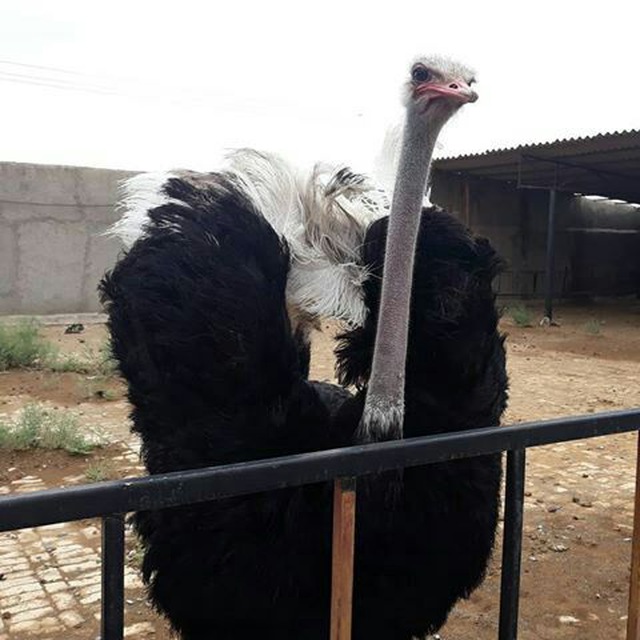Accumulation:
Ostrich is an omnivorous bird that can easily live in dry and low water areas. Ostrich, as its name suggests, has the endurance of a camel and the awe of a bird. The ostrich is curious by nature, so there is a very high possibility that it will swallow colored or shiny foreign objects, which can cause constipation (accumulation) of the bird. Accumulation can occur in two ways, chronic or acute:
Acute constipation: It usually occurs in birds that swallow a large amount of non-edible substances and severe symptoms appear within 12 to 24 hours. These materials may include soil, gravel, sand, unconventional objects in the field and so on. May it cause blockage of the qualak and lead to the death of the bird.
Chronic constipation: This type of constipation is often caused by stress, environmental factors and food quality, and the bird tends to overeat and eat non-edible objects. If the pre-gastric accumulation is partial, it will not cause the death of the bird, but it will slow down the growth of the bird.
The risk of accumulation decreases with increasing age in ostriches. The inability of young ostriches to digest fiber is due to the lack of bacteria necessary to digest cellulose in the feed. If food is not provided to the ostrich in the long term, the bird does not feel hungry, but starts to eat everything it can swallow. In fact, it can be said that nutritional deficiency and stress lead ostriches to voracious appetite or abnormal appetite. Another reason that can cause accumulation is the lack of pebbles in the right amount and size in the bird’s diet. (Pebbles help digestion). In chickens with obstruction, defecation is performed with great effort and pressure, and they make noise, peck at food, but do not eat. Obstruction can be determined by the hard palpation and the largeness of the abdomen. Ostriches suffering from accumulation are grounded in the sternum position, they are fully alert and keep their necks stretched.
This post is written by Mahdi_rahmani6152
